PROTECT YOUR DNA WITH QUANTUM TECHNOLOGY
Orgo-Life the new way to the future Advertising by Adpathway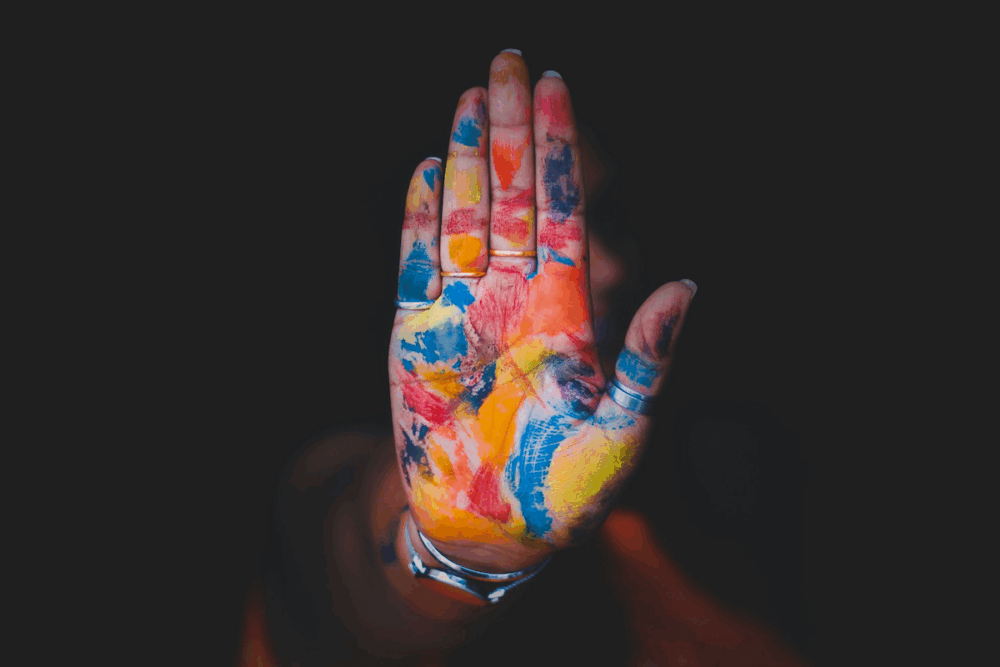 Photo by Aashish R Gautam on Unsplash
Photo by Aashish R Gautam on UnsplashToday’s post is by fine artist, illustrator, and author Manda Comisari.
The mind/body/spirit publishing market is big business, and honestly, with everything currently happening in the world, it’s not a stretch to figure out why the industry is booming. When the world feels chaotic, people search for meaning in whatever way they can. Cue tarot cards and oracle decks, whose cards promise to unveil opportunities for reflection, guidance, clarity, and a return to the self.
Many of the authors and illustrators behind the decks enter with the best of intentions: they want to promote healing and well-being. No one commits to painting 52+ cards and writing thousands of words without feeling deeply passionate about the work they’re putting out into the world.
However, there is a key difference in perspective between creators and publishers. Creators view their works as meaningful contributions, while many publishers view it as content to be managed and distributed.
To some degree I understand that. Artists and authors aren’t naive. We know we need money to survive. But when you’re specifically working on projects for the wellness space, you would expect the values that these businesses claim to champion to also be reflected in how they treat the creative laborers that make their products.
I’m an illustrator and author whose oracle deck was published a few years ago. It was my first big project, and one I felt deeply passionate about. I was unagented and a novice to the publishing industry.
The deadlines were intense: 51 hand-painted gouache artworks and 14,000 words in 5.5 months. The publisher’s timeline was non-negotiable, so I began work before anything was officially signed. I did my best to negotiate fair(er) terms, with the most important one being clarification on the non-compete clause, which is a section in publishing contracts that prevents an author or illustrator from creating or selling a similar book or product that could compete with the one they’re releasing. Remember this note—I’ll be revisiting it shortly.
I’m proud to say that I met every deadline, but that was only possible because I worked non-stop through Christmas, New Year’s, and my birthday without a single day off.
By the time everything was turned in, I was burnt out. I began experiencing a strange blurriness in my right eye, and a short time later, the problem escalated into a severe case of optic neuritis that left me functionally blind for the next eight months. It took another six months after that to see normally again.
At the same time, I was still sorting things out with the publisher. The process left me with far less creative freedom than I had expected.
The non-compete clause I said we would come back to? I didn’t get it changed in the contract, but I did receive written clarification on what it meant from my original editor, and I trusted that our mutual understanding was enough to move forward. We agreed that only a matching (i.e., identical) theme would be relevant, and that if I came up with an idea that I was unsure about, we could discuss it. After that editor went on leave, however, the interpretation of my non-compete clause was expanded beyond our original understanding, limiting the projects I could reasonably pursue.
That was the catalyst that pushed me to start talking to other authors and illustrators. There’s a lot of us, and we all have different perspectives and experiences. We shared stories and insights, and it turns out that, while my case is extreme, it’s not isolated. In fact, it’s representative of a systemic pattern in publishing: inadequate pay, demanding timelines, contractual overextension, and creative burn out.
I’m choosing to focus on the wellness market because my experience exists within this space. For an industry whose entire market relies on selling ideas of harmony and self-care, the reality of how creative laborers are treated feels incredibly hypocritical.
When people buy wellness decks, they incorrectly assume that creators get royalties. In reality, that widely depends on the type of contract they sign. I spoke to several other authors and illustrators working in the mind/body/spirit space and found that there’s a wide range of arrangements covering timelines, contractual clauses, and payment.
To illustrate, one artist I spoke with had a full twelve months to complete a smaller number of artworks than what I’ve listed for my own deck. They were shocked when they heard my timeline. Another account initially involved a more flexible art deadline, but when timeframes suddenly changed to meet new printing schedules, they were offered a rush fee to get work out quicker.
That kind of discrepancy is unfortunately common, not just with timeframes to complete work, but also in contract details.
The internet is rich with stories about contractual clauses that limit artistic freedom and lock creatives into restrictive terms. This is especially true for unagented authors and illustrators who often find themselves confronting power imbalances within the publishing arena on their own.
For example, some creators had no non-compete clauses or NDAs whatsoever, allowing them to share work as they went, building an audience for their decks and art concurrently. In my case, even though my contract didn’t explicitly state that I couldn’t share my work before publication, during initial discussions I came away with the impression that sharing was discouraged. As a first time author and illustrator without representation, I didn’t know any better. I assumed I couldn’t, and in turn, I shared nothing. Others had similar contracts to my own, especially when it came to obligations set by non-compete clauses, which can freeze your ability to work within your field for years at a time.
In regards to payment, some publishing houses pay a flat fee for artwork and offer zero royalty payments. But the irony of that reality is that card decks primarily sell because of the artwork, and the creative marathon it takes to make a cohesive deck collection is incredibly demanding. An illustrator may spend months creating dozens of intricate artworks either by hand or digitally and never see a dime beyond their initial fee.
In other cases, some contracts do offer royalty payments, but many never materialize after their initial advance. Royalty payments don’t begin until the advance has been earned out, meaning the author has recouped the advance from sales. And truthfully? Royalty percentages are on average frustratingly low. If you happen to be the author and illustrator of a deck, you’re also not paid double royalties or given a larger advance despite doing all the work. One creator pointed out that they had initially been interested in authoring and illustrating their own deck, but once they learned that they wouldn’t be paid more for the project, they abandoned the idea. Double the work for the same amount of pay didn’t seem worth the extra time and effort.
If these realities aren’t already upsetting on their own, artists now face a new challenge with the adoption of AI-generated images. Some publishers have already begun toying with cutting human illustrators out of the equation altogether, opting for lowering costs over paying for creative labor.
Under this system, publishers are reaping benefits at the expense of creatives.
So what’s a creator to do? Let’s talk about options.
If you’re dead-set on being traditionally published, let’s go over some red flags and highlight ways to avoid them.
1. Keep records
First and foremost, keep records of all your communication. Make a folder and keep track of what was agreed upon and when. Remember what I said about the non-compete clause shifting in interpretation? That’s all documented.
2. Hire contract assistance
Ensure that someone looks at your publishing contract before you sign it. That lawyer fee will pay for itself. If you can’t afford to do that, join an association that offers contractual advice. It’s cheaper than hiring a contract lawyer, and they know what red flags to look out for. The Authors Guild and The Society of Authors offers this, and so does the Association of Illustrators and Hireillo. I’ve worked with both and found them to be quick, thorough, and extremely helpful. I was actually warned about the non-compete clause, but I wasn’t firm enough in ensuring that I secured a fair deal in my contract.
3. Be your own advocate
Which brings me to my next point: Become your own advocate. Use your voice, ask for what you need, and be unapologetic in fiercely protecting your IP. Unless the publisher is paying you a huge sum, make sure that you keep your copyright and print rights for your art. If that still doesn’t sit right with you, it’s at your discretion to walk away from the deal. There is always another option to get your work out there.
4. Estimate your time
This next bit is specifically for my illustrator friends. Another oracle deck artist passed down some of the best advice I’ve heard: before committing to any kind of deadline, do a demo piece and time yourself. Whatever that is, do the math and quote yourself properly. Is the amount being offered enough to cover your living expenses without needing to procure supplemental income? Or will you need to take out another job on top of this work to cover your bills? Let that inform how you decide to move forward.
5. Talk with others
Lastly, share your experiences with other creatives. The only way terrible publishing practices can continue is if we let them. Talk to other authors and artists, and share information with one another. Ask the big questions: Does this feel like a fair fee for this amount of work? Are these deadlines concerning? Does the publisher have a good reputation? We can’t know these things or push back on bad practices if we quietly endure.
If after reading all this you decide that traditionally publishing a wellness or tarot deck might not be worth the trouble, it’s 2025. Self publishing is a thing! There’s an abundance of platforms available to you. Yes, you will have to take on marketing efforts by yourself. But realistically? You would have to do that being traditionally published as well. Might as well keep your own IP with that kind of deal.
The irony of the state of the wellness market is that it’s leaving its creators in a state of un-wellness. Burnout is a real thing, both physically and mentally. No project is worth compromising your physical and emotional health, but that’s especially true for one that benefits everyone but you. It doesn’t have to be this way, and I’m positive we can can have a publishing landscape that supports everyone involved. Whether you choose to pursue traditional publishing or try doing it yourself, the most important takeaway I can leave you with is to respect yourself enough to know your self-worth, set boundaries, and be willing to walk away from any deal that works against you.

Manda Comisari is a fine artist, illustrator, and author specializing in gouache works on paper. Her creative practice spans multiple disciplines, from private illustration commissions to projects for commercial clients across editorial, advertising, and product packaging. She is a traditionally published author and has worked as an editor for scripts in the film and TV industry, as well as a story editor for middle-grade and early-reader children’s books. She’s drawn to projects that balance whimsy and wellness, connecting observations from nature to everyday human emotion. She is currently working on getting the rights back to her oracle deck. Her next deck will be self published. Learn more at mandacomisari.com or on Instagram @mandacomisari.



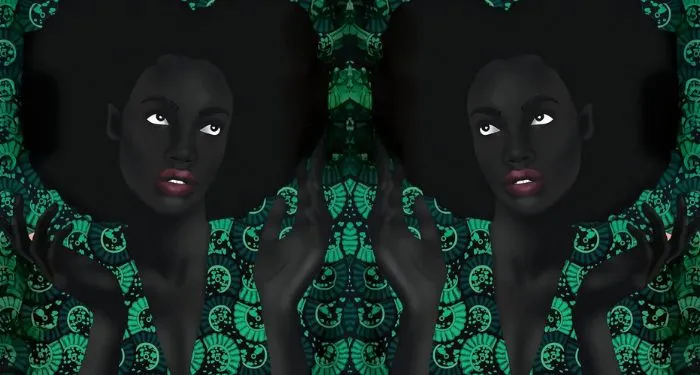
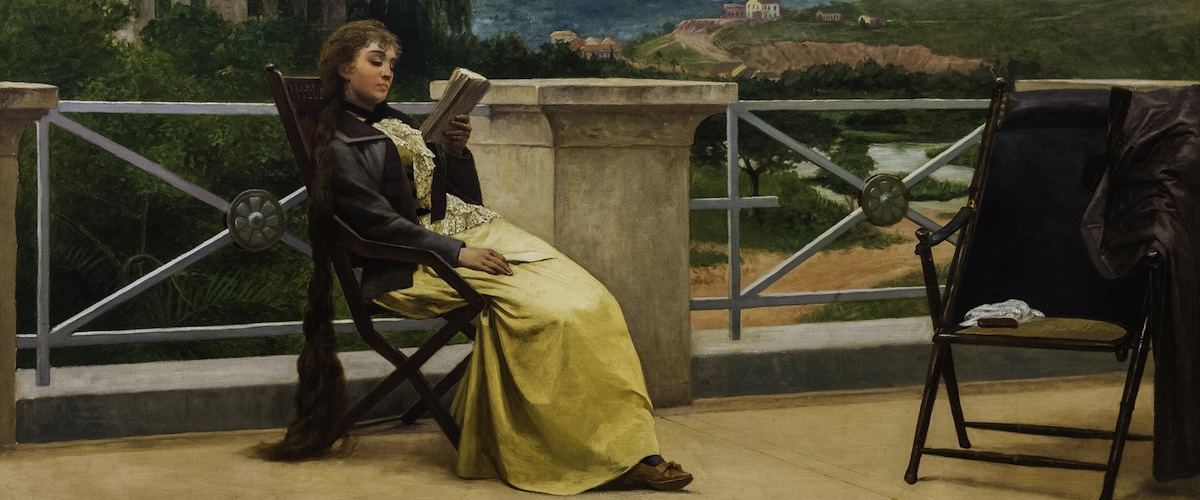
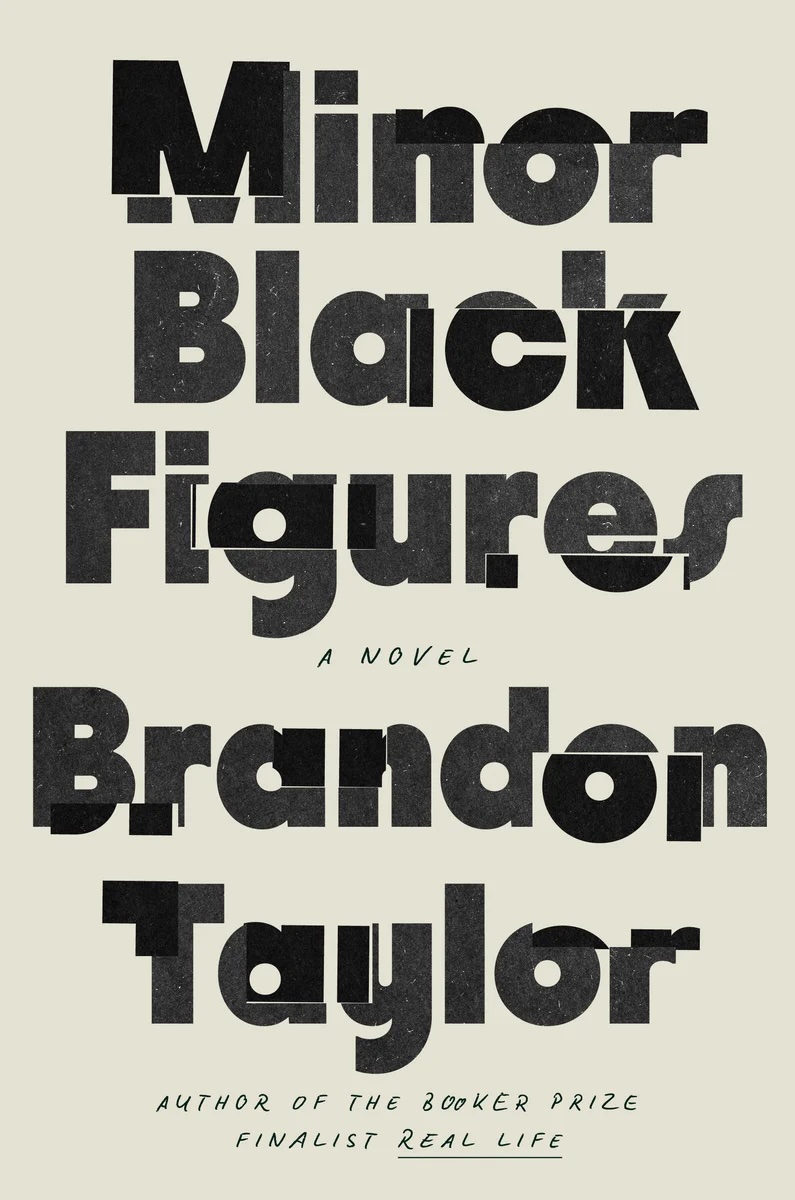

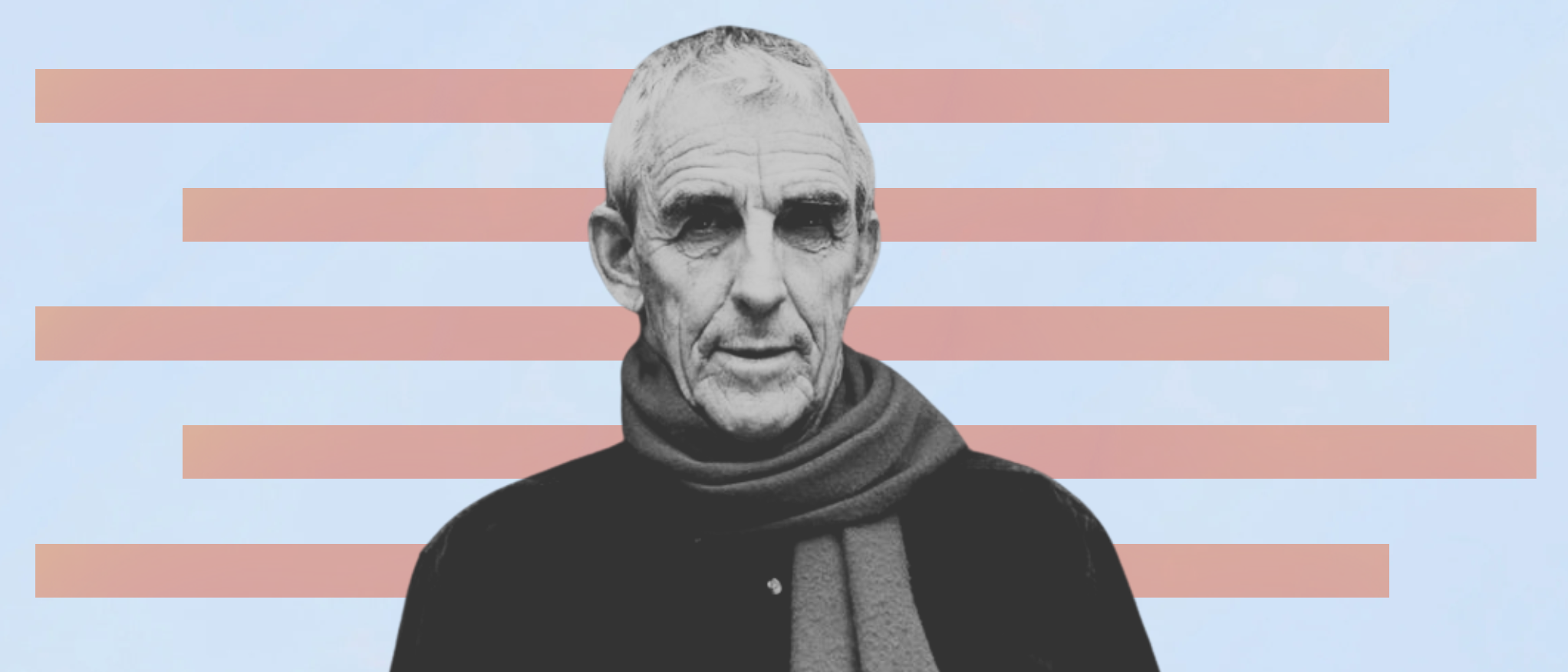
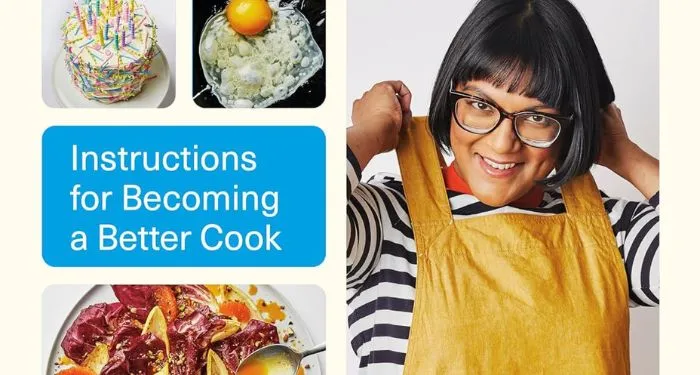
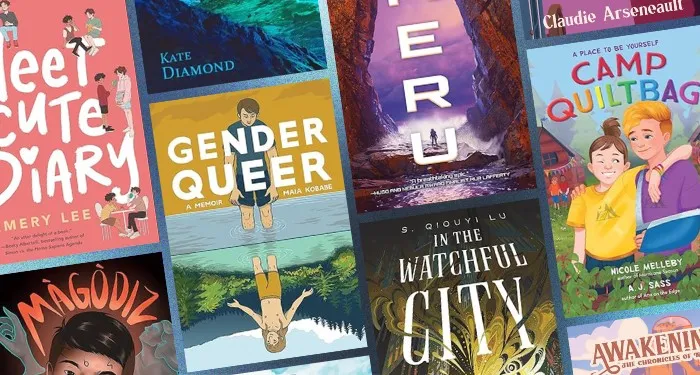













 English (US) ·
English (US) ·  French (CA) ·
French (CA) ·  French (FR) ·
French (FR) ·